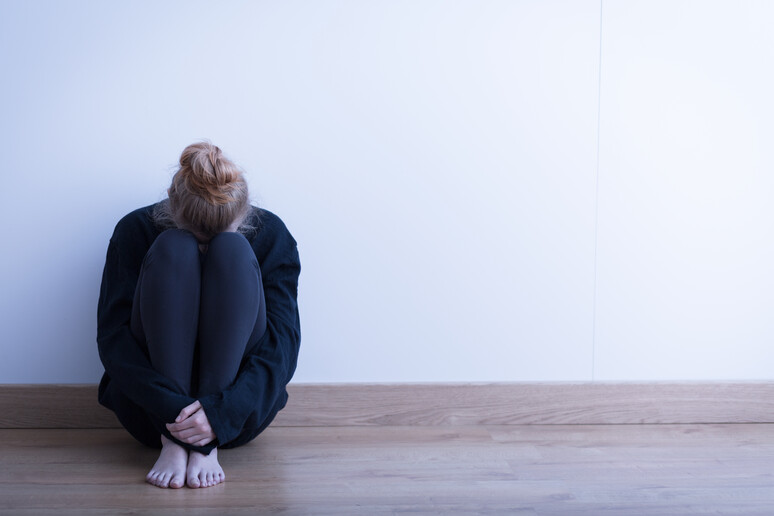Liv is a 22-year-old minute, blonde, blue-eyed girl, in jeans and a T-shirt she looks more like a teen. She is a graduate from the Wharton School of Economics UPenn, class of 2022. She will have excellent career prospects in her field, one would assume, but after returning home to Brooklyn, she describes herself as “stuck“, unable o make decisions about her life. Paralyzed by a feeling of doom, she has stopped going out with her friends, spends most of the day in front of the computer screen looking for job applications she will never fill out to completion, procrastination has become her inescapable default mode .
Luke is an attractive young man ,at 27 he still lives with his College roommates, has a “temporary“ job in the hospitality industry, his dream of making it as a musician on the shelf, for now. He admits feeling lonely, has not dated since the beginning of the pandemic. “I have nothing to offer. Who would want me? At my age I should be in a different place “
Ben is a 7th grader, his mother is looking for help on his behalf: a former straight A‘s student, in post-pandemic time Ben has developed a “school phobia“: every morning he gets up with abdominal cramps, so painful he cannot mobilize to attend school. If he is pressured to go, he is sent home by the school nurse with different physical symptoms caused by anxiety. His learning is falling behind, his mother was warned he may be held back this year .
These are only a few of the the ever-growing number of young people seeking help at our Mental Health Clinics in the aftermath of the Pandemic. Whether they present with the hallmarks of anxiety, depression, panic disorder, substance abuse or poor school performance. They all can be encompassed in one major category: the “Pandemic Skip“.
According to the Newport Institute, specialized in the psychiatric treatment of young adults “the pandemic skip” is a sense among many young adults of having skipped an important period of social and emotional development due to shutdowns, social distancing, and remote learning and/or work.”
Three years later, the pandemic has slowly relented and life has returned to “normal”… has it really as far as our young people’s emotional well-being? May they be the victims of arrested development ?
If we take as a frame of reference Erickson‘s stages of psychosocial development, Ben belongs to the “identity versus role confusion “ stage. At 12, under optimal conditions, he should start achieving a positive identity, a blooming “vision “ of who he is in society. His inability to attend school due to intense post-pandemic anxiety may affect significantly his sense of self , his perceived ability of moving in the world with confidence.
Both Liv and Luke are young adults in the stage defined by “ intimacy versus isolation”. The pandemic has forced society into isolation , negating intimacy. The use of the social media as the only permissible channel of communication have made our relationships more distant, safer, if you wish, with a diminished risk of being judged, possibly rejected, be it in a job interview or a love relationship.
Getting close to others, colleagues at work, friends and potential partners, may require an extra effort to get out of an estabilished comfort zone.
Recognizing these difficulties and reaching out for professional help, ranging from counseling, psychotherapy (psychoanalytic or cognitive behavioral) and pharmacotherapy, may be essential to interrupt this cycle of arrested development .












